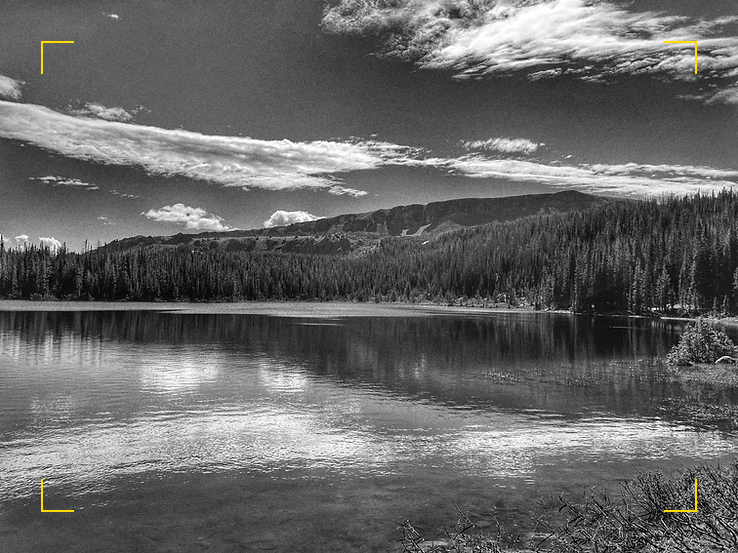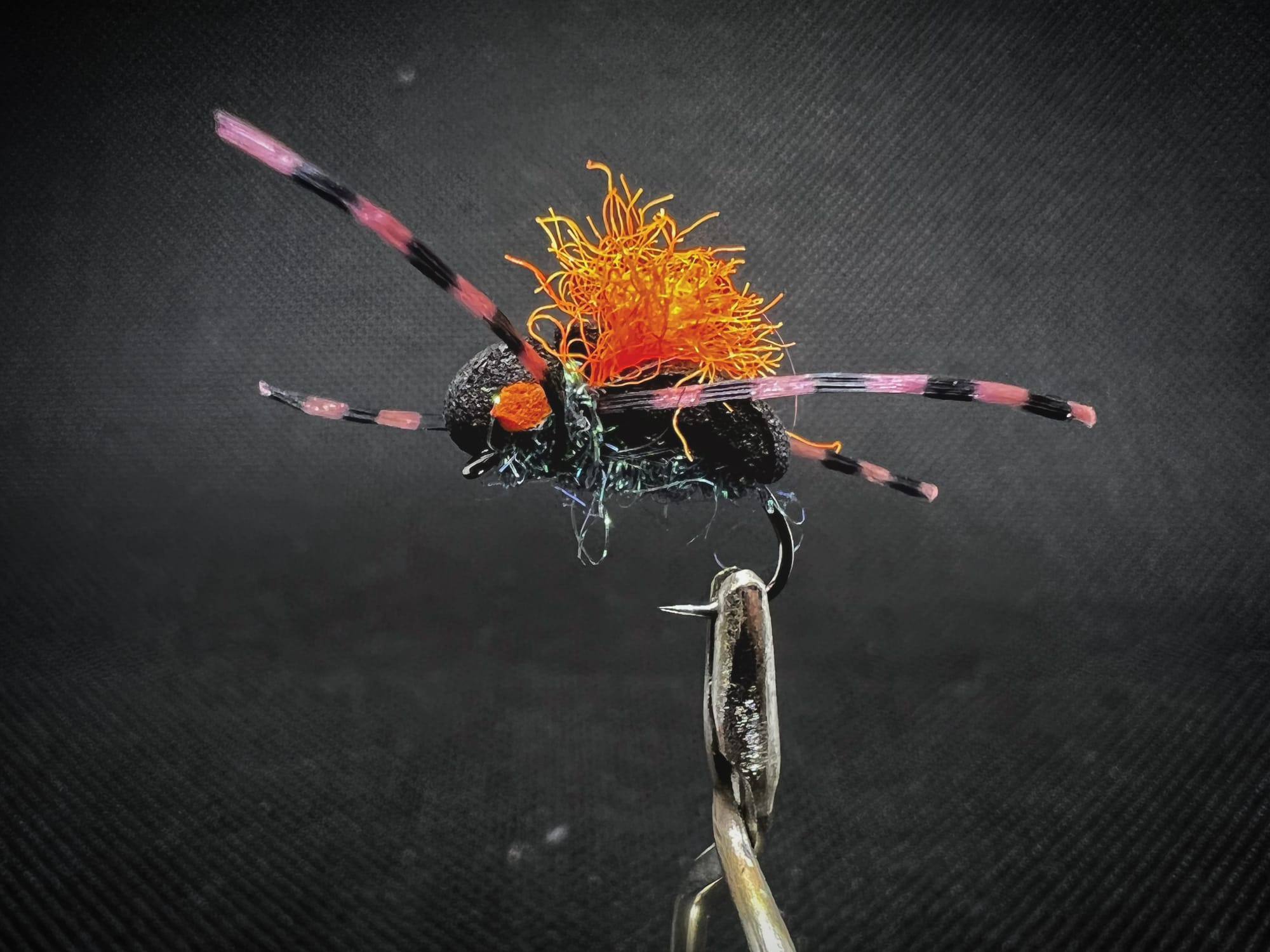Alpine Flies: Darker as You Climb
Alpine fly fishing: the higher the elevation, the darker the fly

Updated July 2024
Have you ever heard the old adage: the higher in elevation you are, the darker your fly color should be? If you’ve ever wondered if or why that’s true, you’re not alone.
Is there any credibility to this claim? In fact, as detailed in M.S. Mani’s 1968 publication on high alpine insects, the effect of “high altitude melanism”, darker body pigmentation as elevation increases, is a pronounced trait in almost all alpine insects. The higher you climb, the darker a bug's coloration. This doesn’t just mean black either. Dark brown, reddish brown, red, orange, and deep yellow are all common. Spots and banding patterns are also darker compared to insects found in lower meadows.

Evolutionary Advantages
Regardless of the exact color, the prominent colorations compliment blue, effective for absorbing and neutralizing the high intensity light in alpine environments (Harris et al. 2013). Without much overlying atmosphere, damage from ultraviolet light can pose larger risks at alpine, compared to the lowlands. Over time, insects have developed evolutionary strategies to ward off these threats. Similar to freckling in humans, the production of more melanin, effectively darkening the insect, acts almost like an electrical ground to dissipate the dangers of high energy light. Similarly, darker colors can more effectively warm cold blooded insects during the short alpine summers.
An interesting example was highlighted in the altitudinal groupings of body color in meadow grasshoppers. Researchers noted that altitude leads to meadow hoppers taking on a green-to-brown gradient following elevational gradients. This was present in both males and females. They suggest that the brown coloration may help in efficient thermoregulation at high-altitude conditions (Kohler et al, 2017).
Angling Strategies

Don't feel the need to go overhaul your fly box for your next alpine trip. Instead, make sure to include some extra flies like dark a Elk Hair Caddis, Hippy Stomper, Royal Wulff, Humpy and Parachute Ant. Pale flies like a Light Cahill may still be viable, but likely not worthy of taking up much room in your box.
If fish get picky, color might be an important factor to consider for alpine fly selection.

Sources:
- Mani, M.S. 1968. Chapter 3: Ecological Specializations of High Altitude Insects In Ecology and Biogeography of High Altitude Insects. Series Entomologica. 4.
- Harris, R., McQuillan, P., & Hughes, L. 2013. A Test of the Thermal Melanism Hypothesis in the Wingless Grasshopper Phaulacridium vittatum. J Insect Sci. 13:51. https://www.ncbi.nlm.nih.gov/pmc/articles/PMC3740933/
- Kohler, G., Samietz, J., Schielzeth, H. 2017. Morphological and colour morph clines along an altitudinal gradient in the meadow grasshopper Pseudochorthippus parallelus. PLoS One. https://journals.plos.org/plosone/article?id=10.1371/journal.pone.0189815


